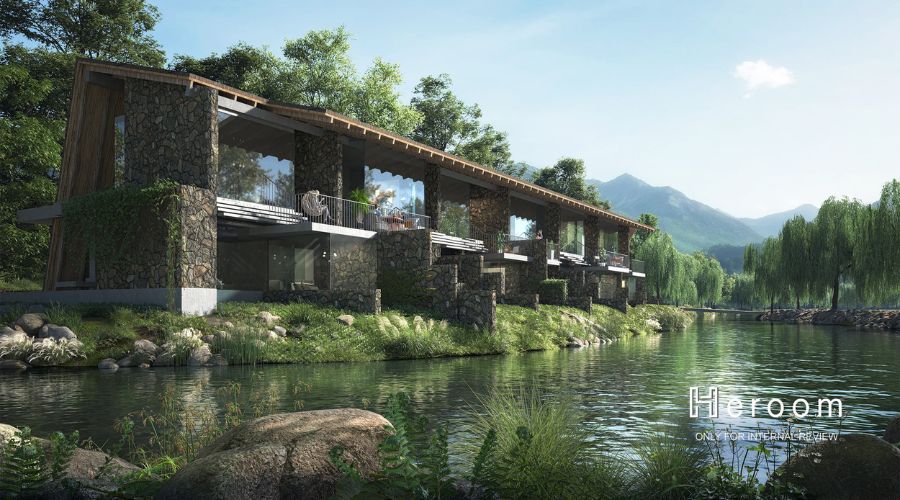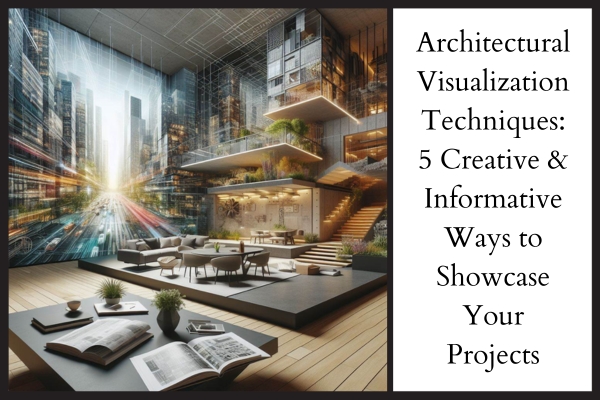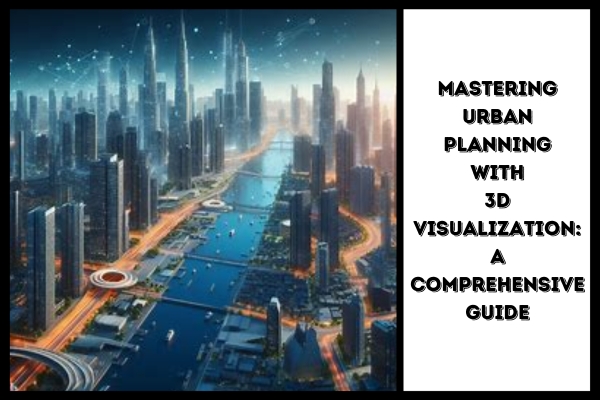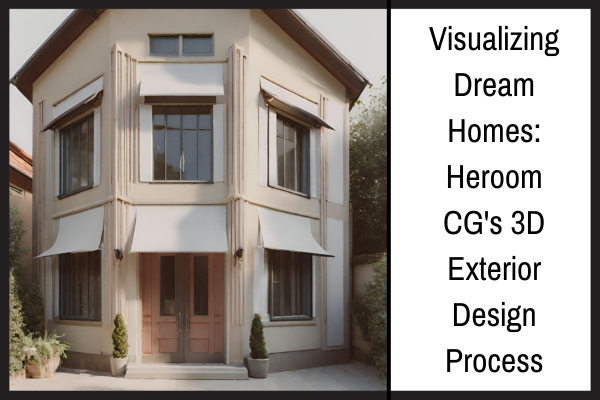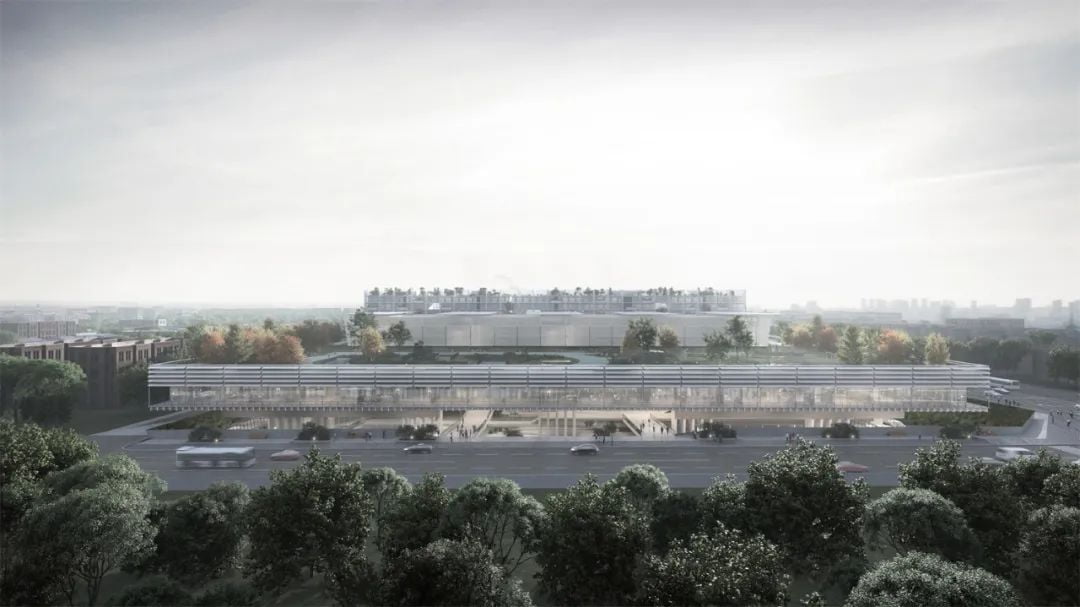What is 3D Exterior Renderings Service?
Architecture has changed quickly with the introduction of advanced technology in the past years. One such technology that has brought a significant revolution in architectural design is 3D exterior rendering services. These services have enabled architects and designers to create photorealistic and immersive visualizations of buildings, which not only aid in the design process but also help market the final product.
In the past, architects would create two-dimensional drawings and blueprints to communicate their designs. However, these drawings often left room for interpretation and could not convey the plan’s full scope. With 3D exterior rendering services, architects can create realistic and detailed 3D models of buildings, giving their clients a clear and accurate representation of the final product.
Architectural 3D exterior renderings service uses advanced software to create 3D models of buildings from two-dimensional drawings or blueprints. The software allows architects and designers to create photorealistic visualizations of the building’s exterior, including textures, materials, lighting, and landscaping. This technology has allowed architects to create accurate representations of structures before construction begins, allowing them to make changes and adjustments to the design if necessary.
Advantages Of Architectural 3D Exterior Renderings Service
One of the main advantages of architectural 3D exterior renderings service is that they allow architects and designers to create immersive visualizations of buildings that are difficult to achieve with two-dimensional drawings. With architectural exterior renderings service, clients can see the building from multiple angles and perspectives, providing them with a complete understanding of the design. This technology also allows architects to experiment with different materials, colors, and lighting conditions, creating a design that meets their client’s needs and preferences.
Another advantage of architectural exterior renderings service is that they can be used for marketing. Photorealistic visualizations of buildings can be used in brochures, websites, and other marketing materials to showcase the building’s design and attract potential buyers or investors. This technology can also create a virtual tour of facilities, allowing clients to explore the building before construction begins.
Architectural 3D exterior renderings service have allowed architects and designers to collaborate more effectively with their clients. Clients can provide feedback on the design by reviewing the 3D model and making suggestions for changes or improvements. That allows architects to adjust the procedure quickly and efficiently, reducing the risk of errors or misunderstandings.
In addition to aiding in the design process, architectural commercial exterior renderings service can be used to create construction documents. The 3D models can be used to create detailed construction drawings, including plans, sections, and elevations, which contractors and builders can use to construct the building accurately.
In The End,
Architectural 3D exterior renderings service have transformed the field of architecture by providing architects and designers with a powerful tool to create accurate and immersive visualizations of buildings. This 3d visualization project exterior service has allowed architects to create photorealistic designs that are difficult to achieve with two-dimensional drawings, allowing them to experiment with different materials, colors, and lighting conditions. The ability to create detailed 3D models of buildings has also improved collaboration between architects and their clients, making it easier to make changes and adjustments to the design as necessary.
As technology advances, architectural 3D exterior renderings service is likely to become even more extensive in architecture. With their ability to create exact and immersive visualizations of buildings, they will continue to play a vital role in the construction and design of buildings, making it easier for architects and designers to bring their visions to life.

